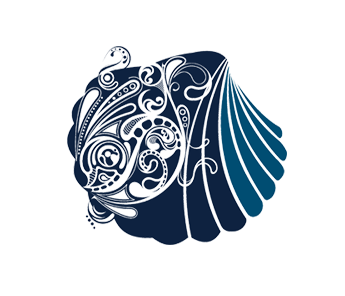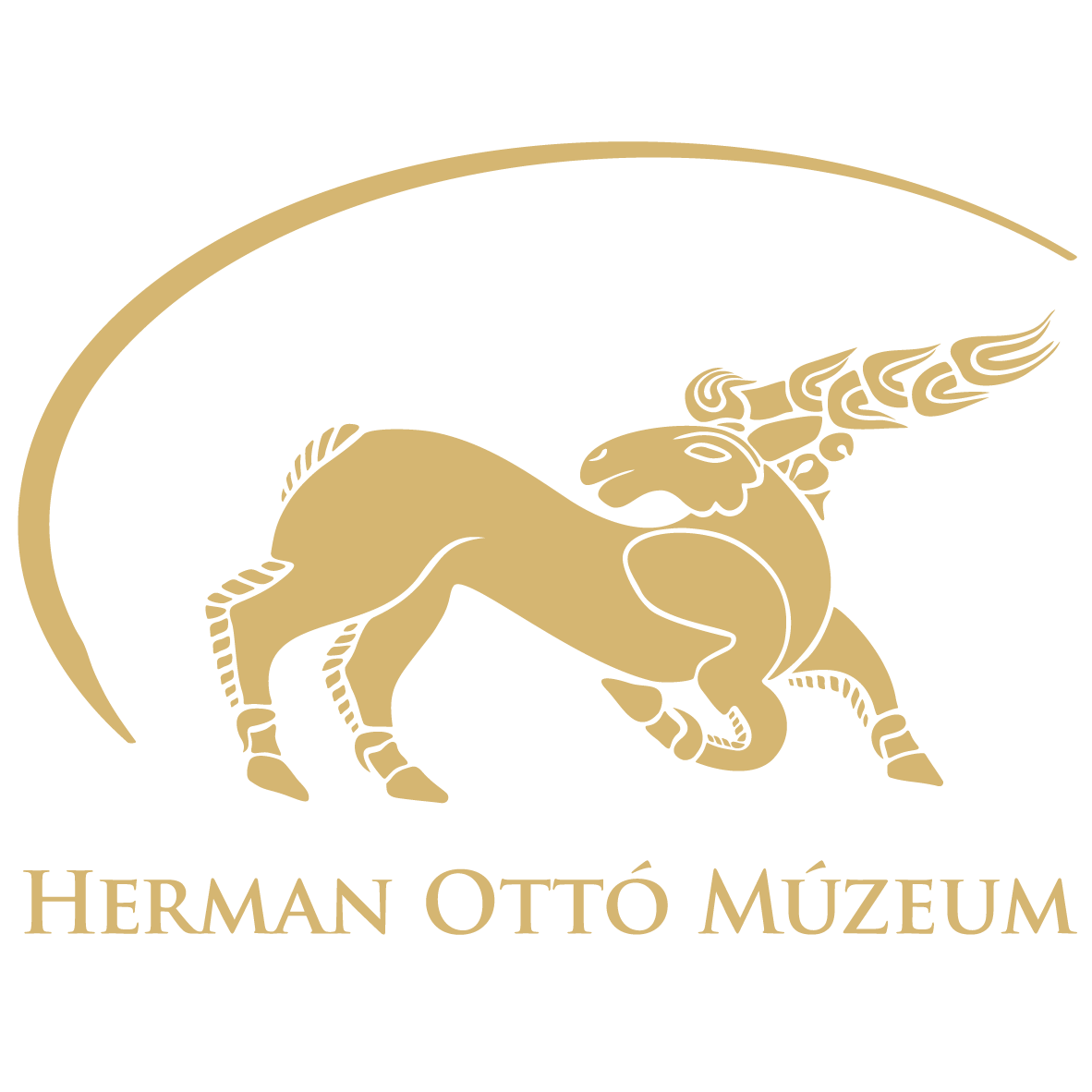The Tertiary & Quaternary Strata covers the newest results in geological research of the Tertiary and Quaternary periods with annual frequency.
We give preference to writings which raise and try to solve scientific problems associated with the Pannonian Basin, or the area of the Carpathians, Dinarids and Alps. In this respect we only accept first publications. Although, we will consider studies that have already been published elsewhere, if it appeared in Hungarian, and a résumé in foreign language have not been written.
The language of the journal is English. A summary can be submitted in Hungarian or German.
We require critique from two independent instructor. The author can recommend instructors, but only the editorial board can decide about its person after checking with the author. The writings will be published as soon as possible. Anyone can download them for free directly from the journal’s own home page (tqstrata.eu).
Submitting manuscripts is continuous.
We would like to ask the authors who wish to publish in our journal to pay full attention to the followingguidelines when they make and submit their manuscripts.
FORMAT AND CONTENT REQUIREMENTS
a) Maximum size of the studies can be 45.000 characters (including spaces). The publishing of studies longer than this can happen only after the agreement of the prevailing Editorial board. In these cases we take into consideration the fact that wether the topic of the study can affect directly the progression of international scientific research.
b) The section of Proceedings should include writings that conclude the preliminary results of ongoing researches, and contain publication of data without detailed assessment. Publications, accepted here can be 20.000 characters long with spaces in total, but no more than one typographical sheet (16 pages) in case of for example tables.
c) We expect the studies with a no more than 1.100 characters long English abstract, meaning with a short summery of the content. 4–7 keywords must be appended to this, which indicate the most important characteristics of the writing. The keywords must be chosen in a way that the title do not include them.
FIGURE GUIDELINES
a) We only publish images which correspond to the manuscript of the study and give surplus information in comparison in content or aesthetically.
b) The amount of submitted illustrations (photos and drawings) cannot be more than two in 4000 characters with the size of A5. If the pictures are smaller the number of piece can be changed. The tables and diagrams are counted separately, but in the same proportion.
c) The required quality above 9 x 13 cm is 300 dpi. In case of smaller images it is 600 dpi.
d) Every illustration must be submitted individually from the manuscript in .tiff format on CD/DVD. It is also possible to send them in email after discussing it with the Editorial board.
FORMAT REQUIREMENTS OF THE MANUSCRIPT
a) Title and author(s): 12 pt. font size, Times New Roman font type, single line space. The workplace of the author(s) and its residence (only the name of settlement) should be displayed properly.
b) Body text: 12 pt. font size, Times New Roman font type, single line space. There is no indentation in the first line and in the body text, new paragraphs are indicated only by “Enters”.
c) Do not use underlined or bold text to emphasize, only italic or quotation marks.
d) Do not insert the figures into the manuscript, only in the form of a note with an empty line before and after it at most. (E. g. “Suggested place of the 3rd figure.”)
e) References should be placed inset, between parentheses. E. g. (Herman 1893, 12) or (Herman 1893, 12, 18–19; Kordos 1982).
f) We cannot accept manuscripts with endnote. Format requirements of footnote: 10 pt. font size, Times New Roman font type, single line space.
g) The Acknowledgement is the section after the body text, please do not place it into the footnote.
h) Abbreviation of collections, abbreviations and References also should come after the body text if necessary.
i) Please pay extra attention to the correctness and consistency of References. In this section, use only italic text to emphasize in the right places. Regarding font style (font size, -type and line space) apply the same as in the body text.
j) Latin words and biological names (species and genus) should appear in italic.
k) Use “et al.” with 3 or more authors, in case of 2 authors, write “and” between the names.
EXAMPLES
Inline text
(Botka and Mészáros 2015; Gehlen 2010; Kordos and Begun 2001; Linzer and Tari 2013; Nriagu 1984; Shubin 2008; Sümegi 2001; Szakáll et al. 2011; Sziráki and Dulai 2002)
Bibliography
Journals
AUTHOR (year): Title. Journal volume(issue), page.
BOTKA D.—MÉSZÁROS L. (2015): A Somssich-hegy 2-es lelőhely (Villányi-hegység) alsó-pleisztocén Beremendia fissidens (Mammalia, Soricidae) maradványainak taxonómiai és paleoökológiai vizsgálata. Földtani közlöny 145(1), 73–84.
KORDOS, L.—D.R. BEGUN (2001): A new cranium of Dryopithecus from Rudabánya, Hungary. Journal of Human Evolution 41(6), 689–700.
Annuals
AUTHOR (year): Title. Publication volume, page.
SZIRÁKI, Gy.—A. DULAI (2002): Sarmatian (Late Miocene) arthropods from Tállya and neighbouring localities (Tokaj Mts, Hungary): preliminary report. Annales historico-naturales Musei nationalis hungarici 94, 31–44.
SZAKÁLL, S.—F. KRISTÁLY—Z. NORBERT—N. NÉMETH—B. FEHÉR (2011): Másodlagos foszfátok és szulfátok a diósgyőri Fényeskő-völgy kovásodott metariolitjában. A Herman Ottó Múzeum Évkönyve L. 50, 35–46.
Individual book
AUTHOR (year): Title. Place of publish: publisher.
SÜMEGI P. (2001): A negyedidőszak földtani és őskörnyezettani alapjai (Sümegi Pál). Szeged: JATEPress.
SHUBIN, N. (2008): Your Inner Fish: A Journey Into the 3.5-billion-year History of the Human Body. United States of America: Pantheon Books.
Omnibus volume
AUTHOR (year): Title. In: EDITOR (ed), Publication, page. Place of publish: publisher
GEHLEN, B. (2010): Neolithic transition processes in southern Europe: The present state of knowledge and its deficiencies in Northern Italy and Southwestern France. In D. GRONENBORN—J. PETRASCH (eds) Die Neolithisierung Mitteleuropas. Internationale Tagung, Mainz 24. bis 26. Juni 2005. The Spread of the Neolithic into Central Europe. International Symposium, Mainz 24 June – 26 June 2005.RGZM Tagungen, 607–635. Mainz: Römisch-Germanischen Zentralmuseums
LINZER, H.-G.—G.C. TARI (2013): Structural Correlation between the Northern Calcareous Alps (Austria) and the Transdanubian Central Range (Hungary). In D. GAO (ed) Tectonics and Sedimentation, 249–266. Tulsa, Oklahoma: American Association of Petroleum
NRIAGU, J.O. (1984): Formation and Stability of Base Metal Phosphates in Soils and Sediments. In J. O. NRIAGU—P. B. MOORE (eds) Phosphate Minerals, 318–329. Berlin, Heidelberg: Springer
The Editorial Board


